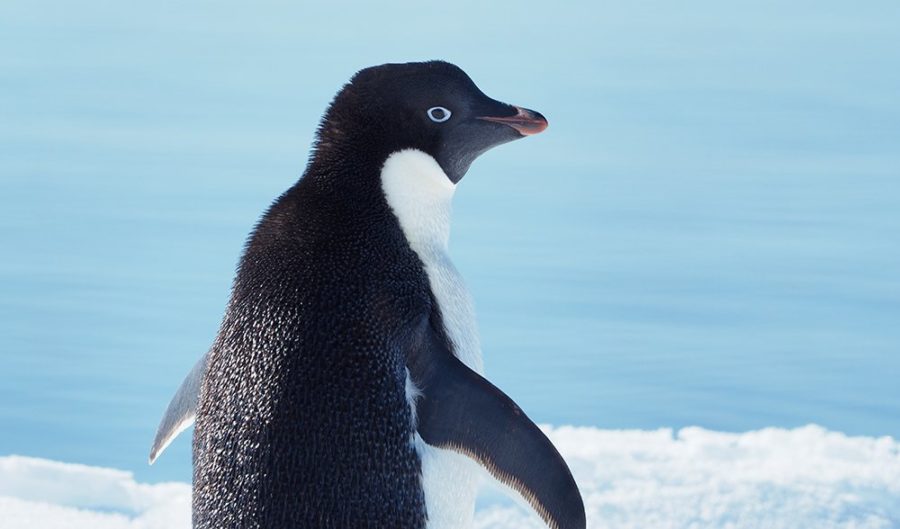A long way from home: Antarctic penguin makes it all the way to New Zealand

An adelie penguin a long way from home has been fed fish smoothies and released back to sea after a rare visit to New Zealand.
The juvenile male adelie was spotted on Birdlings Flat Beach near Christchurch on Wednesday night, in just the third documented visit of the species to New Zealand.
The adelie is native to the Antarctic coastline, and would have swum thousands of kilometres before reaching his unlikely destination.
He was spotted by local Harry Singh, who stayed with the penguin as he ran around on the beach, flapping his wings and wiggling his tail – but not returning to the water.
Department of Conservation senior ranger Anita Spencer said the agency worked with a rehab team to prepare the penguin for his return journey.
“When he was picked up from the beach a couple of nights ago he was a bit underweight and exhausted,” she told AAP.
“He’s been given some fish smoothies. He was looking good and ready to go back to sea.”
The DOC is aware of just two previous adelie sightings on the New Zealand mainland, the latest near Kaikoura in 1993.
“I wouldn’t say that he was lost though,” Ms Spencer said.
“Juvenile penguins do roam. They don’t breed until they are three to six years of age. So he’s gone for a trip before making his way back to the colony.”
Ms Spencer said the visitor was showing signs of stress on Friday, which is to be expected given the un-Antarctic local temperature of 26C.
After his fishy feed, the penguin was taken to a carefully chosen beach on the Banks Peninsula for his release.
“He’s hopefully heading south but there are no guarantees. It’s all up to him really,” Ms Spencer said.
“We picked a south-facing bay with not too many visitors and no dogs.
“It started calling when he was back at the beach and close to the sea. It’s always great to see birds back into their natural habitat.
“He jumped across a couple of boulders, went down to the water’s edge, the waves came in and he dove in.
“They’re very vulnerable and the safest place for them is at sea.”


